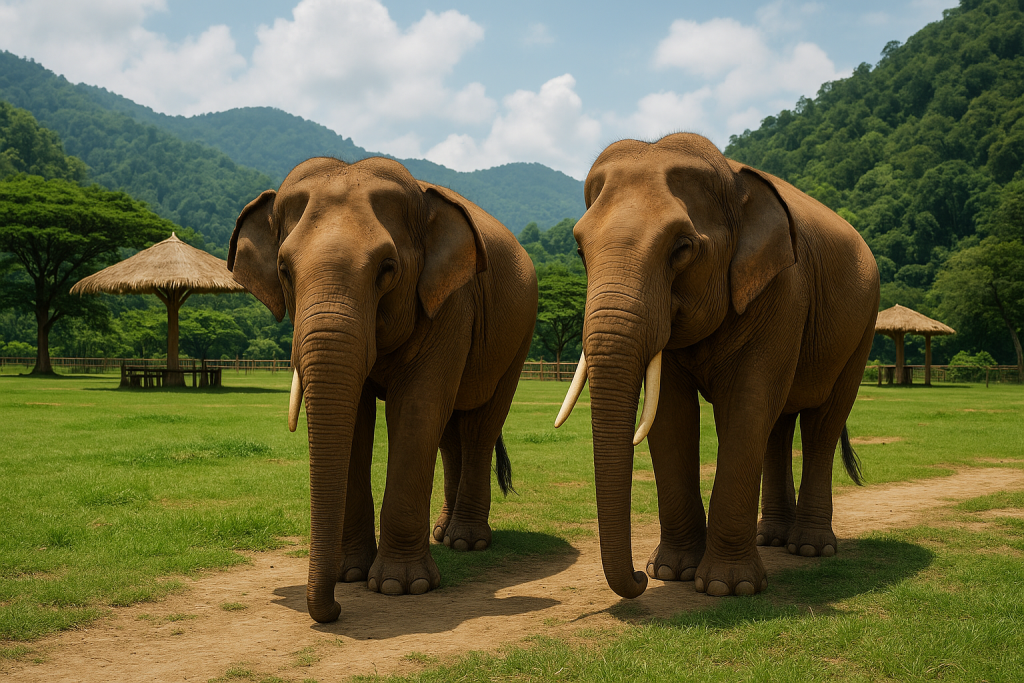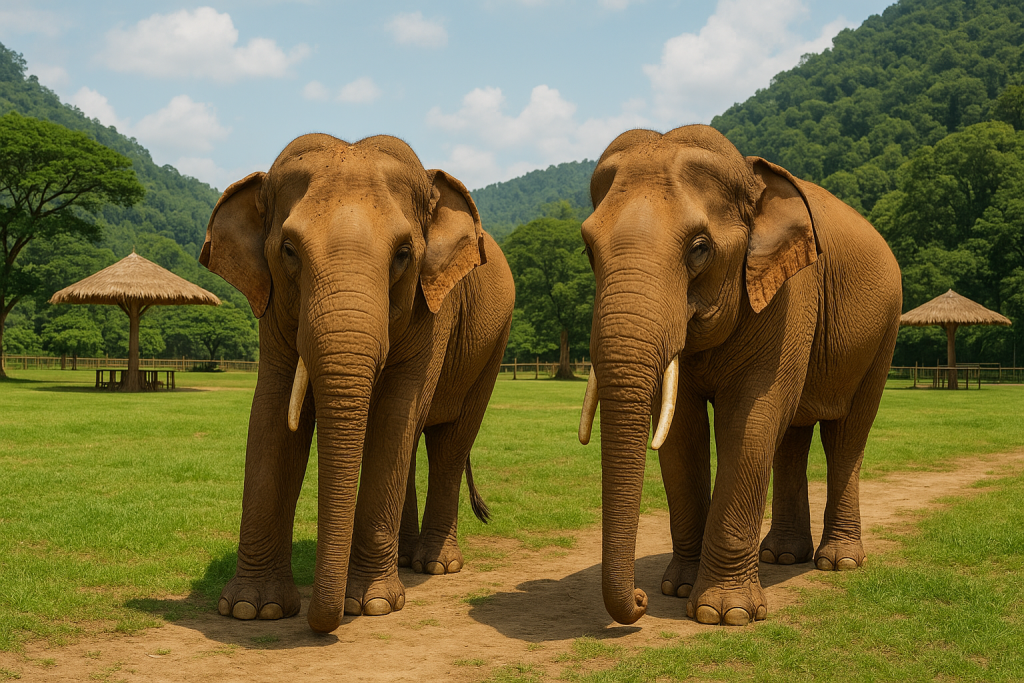Introduction: The Untold Pain Behind Elephant Rides

Elephants are often celebrated as majestic, intelligent, and gentle giants. Yet, behind the smiling photos of tourists riding them lies a disturbing truth: an elephant’s spine is not built to support human weight. Despite their massive size, their skeletal structure is fragile when it comes to carrying loads on their back. The practice of using elephants for rides has become one of the cruelest forms of silent torture in the tourism industry.
This article uncovers why elephants are not suited for riding, the suffering they endure, and how tourists can make ethical choices to protect these extraordinary animals.
Understanding Elephant Anatomy

The Unique Structure of an Elephant’s Spine
Unlike horses or camels, elephants do not have round, load-bearing backs. Instead, their spines have sharp bony protrusions pointing upwards. When people or heavy saddles are placed on their backs, these protrusions press into muscles, skin, and tissues, causing severe pain and long-term damage.
Why Elephants Are Not Built for Riding
Although elephants can carry logs with their trunks or push heavy objects, their backs are not designed to support loads. Over time, carrying tourists leads to permanent spinal injuries, skin abrasions, and infections—making the practice both unnatural and harmful.
The Hidden Consequences of Tourist Rides
Physical Injuries Caused by Heavy Loads
Elephants forced into the riding industry suffer from:
- Spinal deformities from carrying weight.
- Wounds and sores from saddles that rub against their skin.
- Arthritis and joint pain, worsened by long working hours.
The Psychological Toll on Elephants
Beyond physical injuries, elephants endure emotional trauma. These intelligent animals feel stress, fear, and depression when subjected to forced labor, often displaying repetitive behaviors like swaying and head bobbing—clear signs of psychological suffering.
The Cruel Reality of Training Methods
Breaking the Spirit: Phajaan and Other Practices
To make elephants “obedient,” handlers often use Phajaan, a brutal training method that involves isolation, chaining, beating, and deprivation of food and water until the animal submits.
Long-Term Impacts on Elephant Health
This early trauma leaves permanent scars, both physical and emotional, ensuring the elephant remains submissive throughout its life—a lifetime of silent torture.
The Role of Tourism in Silent Torture
Why Tourists Still Choose Elephant Rides
Many tourists are unaware of the suffering behind elephant rides. Travel brochures portray the activity as “exotic” and “authentic,” masking the cruelty involved.
The Industry Profiting from Suffering
Tourism operators profit greatly from this practice, often ignoring welfare concerns in favor of financial gain. The demand for elephant rides ensures that exploitation continues.
Sustainable and Ethical Alternatives
Elephant Sanctuaries and Rehabilitation Centers
Ethical sanctuaries allow elephants to live naturally, free from chains and abuse. Tourists can observe, feed, or walk alongside elephants without causing harm.
Wildlife Safaris and Observation Tourism
Instead of riding, travelers can experience elephants in their natural habitat through safaris and eco-tours, supporting conservation while enjoying authentic wildlife encounters.
Global Awareness and Conservation Efforts
International Campaigns Against Elephant Rides
Organizations like World Animal Protection and PETA have launched campaigns to raise awareness, urging tourists to avoid elephant rides and support cruelty-free alternatives.
The Role of NGOs and Animal Rights Organizations
NGOs are pushing for stricter laws and offering resources to rescue and rehabilitate abused elephants. Their advocacy has led to several travel companies banning elephant rides from their offerings.
What Tourists Can Do to Help
Choosing Ethical Travel Experiences
Tourists have the power to create change. By refusing to participate in elephant rides, travelers reduce demand and pressure companies to adopt ethical practices.
Supporting Conservation and Sanctuaries
Donations, volunteering, and visiting ethical sanctuaries help ensure rescued elephants receive proper care, medical treatment, and a safe environment.
Frequently Asked Questions (FAQs)
Q1. Why can’t elephants carry humans if they’re so big?
Their spine structure has sharp protrusions that make carrying weight harmful and painful.
Q2. Do elephants enjoy giving rides?
No. They are forced into it through harsh training and suffer both physically and mentally.
Q3. Are all elephant sanctuaries ethical?
Not necessarily. Some claim to be sanctuaries but still allow rides. Always research before visiting.
Q4. What’s the alternative to elephant rides?
Ethical wildlife safaris, responsible sanctuaries, and observation tours.
Q5. How can I tell if a sanctuary is truly ethical?
Look for no-riding policies, free movement for elephants, and a focus on rescue and rehabilitation.
Q6. Is elephant riding banned worldwide?
Not yet, but several countries and travel agencies are moving toward bans due to welfare concerns.
Conclusion: Protecting the Gentle Giants
The truth is clear—an elephant’s spine bones make it ill-suited to carrying tourists, and forcing them to do so leads to silent suffering. Tourists hold the key to ending this cruelty by making informed, ethical travel choices. Supporting sanctuaries, spreading awareness, and rejecting elephant rides are vital steps toward protecting these gentle giants for future generations.
Leave a Reply